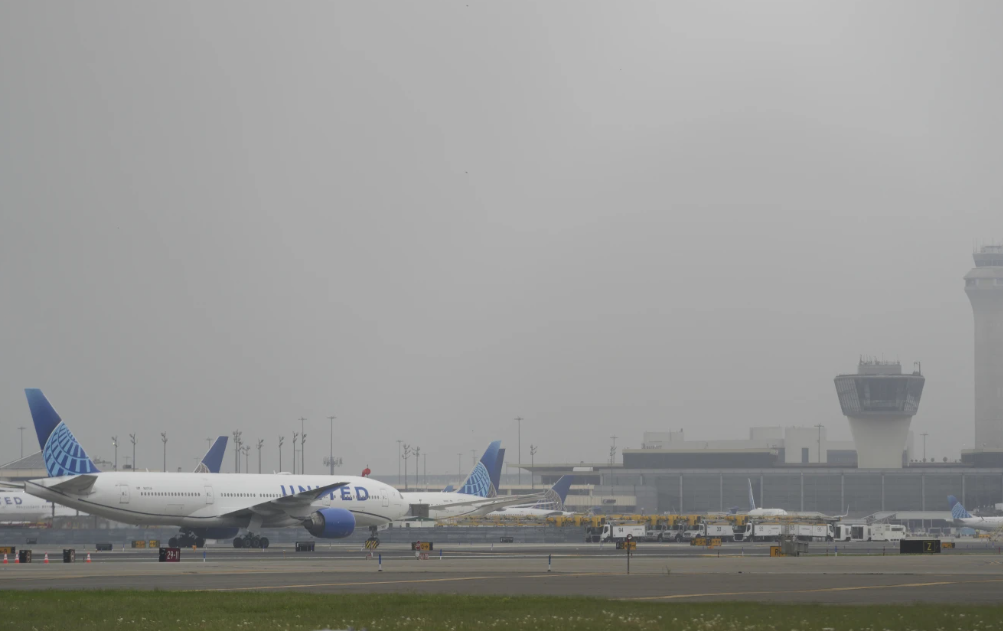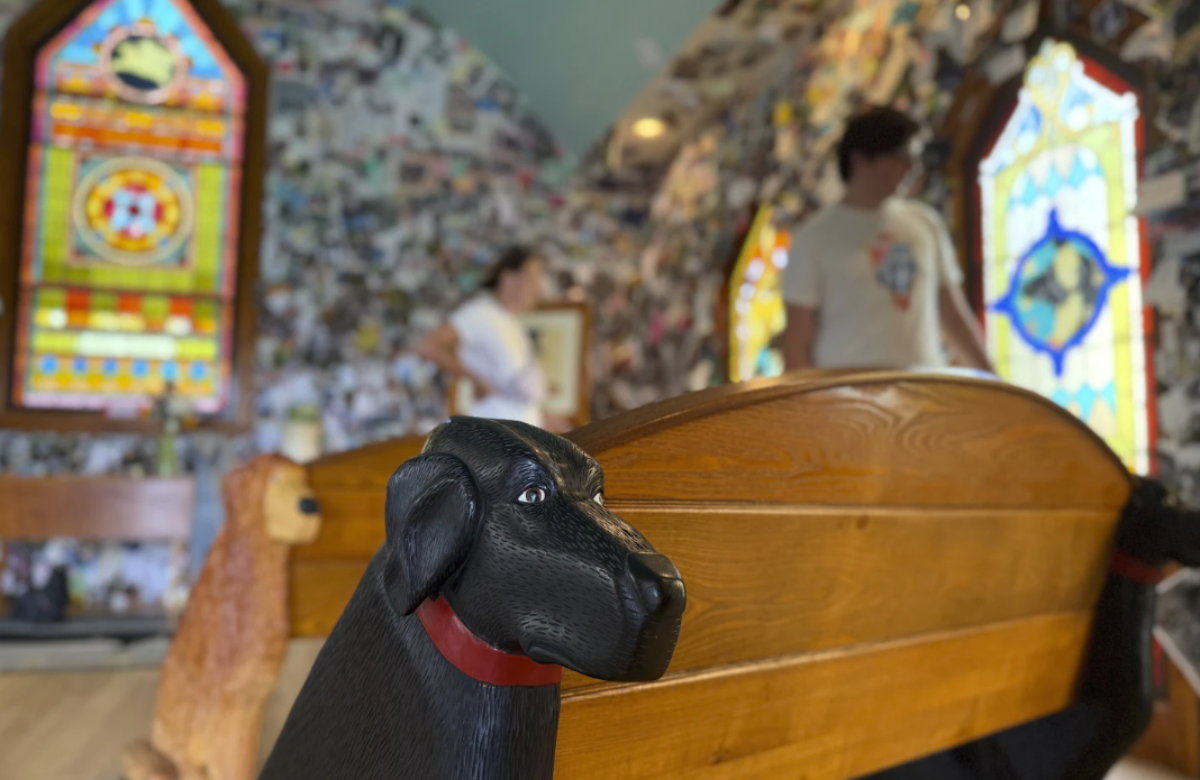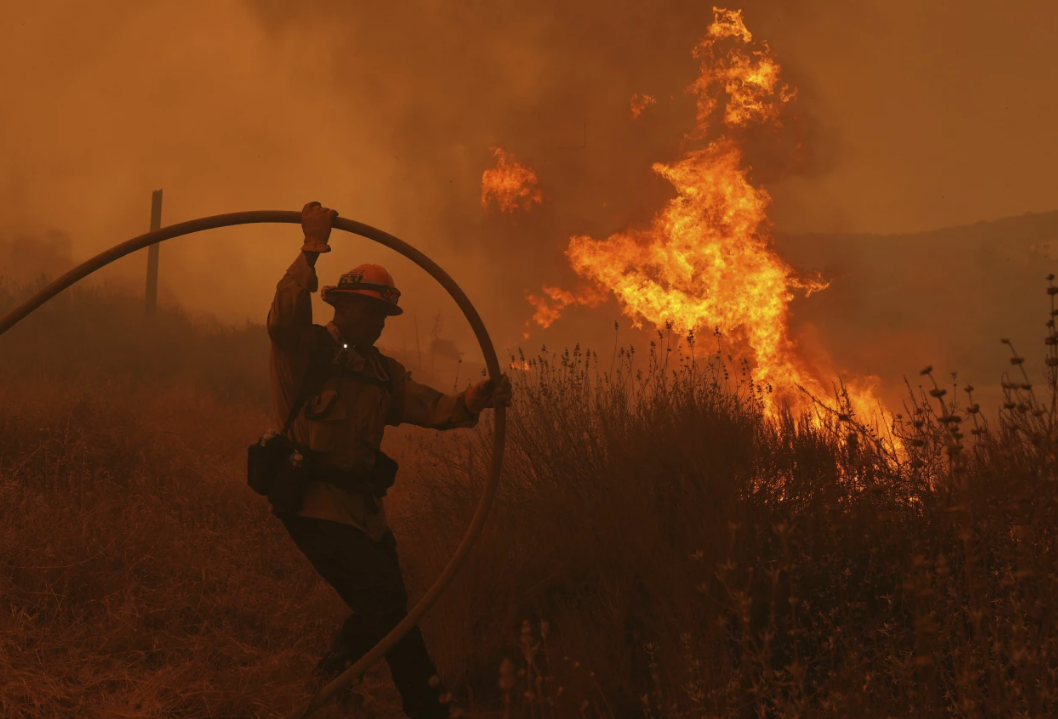Air traffic controllers guiding planes into Newark Liberty International Airport temporarily lost radar again early Friday morning—the second such incident in less than two weeks.
The Federal Aviation Administration (FAA) reported that radar at a Philadelphia-based facility, which manages Newark’s air traffic, went down for about 90 seconds at 3:55 a.m. Friday. A similar outage occurred on April 28, sparking major delays and flight cancellations.
The earlier radar failure caused significant disruptions at Newark, including hundreds of delays and cancellations over the past two weeks. Five air traffic controllers went on trauma leave in the aftermath, further straining already limited staffing levels. It’s not yet known whether the latest incident will prompt more leave requests.
Following Friday’s outage, flight tracking data showed a spike in cancellations and delays. Newark led the nation with 57 canceled departures and had 60 canceled arrivals. Close to 300 delays were reported at the airport. In total, over 1,700 flights at Newark have been delayed or canceled this week alone.
White House Press Secretary Karoline Leavitt said the outage was linked to the same issue as the April incident. “Everything went back online after the brief outage, and there was no operational impact,” she stated during a Friday morning briefing.
However, U.S. Representative Josh Gottheimer sharply criticized the ongoing problems, blaming outdated infrastructure and inadequate staffing. He revealed that only about 20 controllers are currently working in a facility that should have more than 60. Much of the equipment, including communication lines, is decades old. Gottheimer said the previous outage was caused by a burned-out copper wire.
“Our region is one of the busiest and most critical for our national economy,” he said during a press conference. “Yet it relies on 1980s-era technology and a staffing shortage of 40 controllers. The tower itself dates back to 1973 — the Brady Bunch era.”
The FAA acknowledged earlier this week that it is working to replace outdated copper wires with modern fiber-optic lines to ensure better reliability between its Philadelphia and New York facilities. However, no timeline has been confirmed for the completion of these upgrades.
In a broader response to ongoing safety and efficiency concerns, Transportation Secretary Sean Duffy unveiled a comprehensive, multi-billion-dollar modernization plan on Thursday. The initiative will update the aging national air traffic control system with 4,600 new high-speed connections and replace 618 outdated radar systems across the country.
The urgency for reform grew after a deadly midair collision in January involving a commercial jet and a military helicopter over Washington, D.C., which killed 67 people. While the exact cause of that crash is still under investigation and hasn’t been officially linked to air traffic control failures, it underscored the vulnerabilities of the aging system.
Despite growing awareness over the years, systemic upgrades have faced repeated delays. Now, with repeated radar failures and mounting pressure, officials are moving forward with long-overdue improvements.















